Today, we’re looking at an asset with a long and storied history, filled with mobsters, poker games, and the high life.
That’s right — we’re puffing out an issue on fine cigars.
This is a fun one. A cigar takes 30 minutes to get through. This issue is more like 10 minutes.
Let’s get hazy 💨
Table of Contents
The history of cigars
Before we start, let’s make one thing clear: Cigars are bad for you. Like, really unhealthy. They have 12x – 25x more nicotine than cigarettes .
I first got into cigars after a 2016 trip to Cuba, where I had my first taste of Cohiba and Montecristo. I brought (smuggled?) a half-dozen back to the States, and thoroughly enjoyed my stash for about a year, until I realized they were destroying my lungs and teeth.
This path is nothing new. Humans have been consuming tobacco for more than 1,300 years. The word “cigar” is believed to come from Ancient Mayan: Sik’ar , which means “to smoke rolled tobacco leaves.”

It took 800 years for the plant to make it to the West. After receiving tobacco gifts from Native Americans in 1492, Christopher Columbus was “credited” with bringing tobacco to the Europeans.

It took a while to catch on. One of the first smokers was Columbus’ crewmate, Rodrigo de Jerez. He was impressed by this new “Old World drug” and wanted to show it off. So he went back to Spain and lit one up.
The Spanish weren’t having it. They were so shocked that this “devil incarnate” was producing smoke from his mouth and nose that they imprisoned him for a decade . (This was around the time of the Spanish Inquisition, where acts of heresy were frowned upon.)
Soon, the Spaniards realized it wasn’t an act of the devil, and that smoking tobacco provided an enjoyable head rush. Once they realized it got you high, it spread like wildfire.
It took a few hundred years for the habit to reach the US, but then it caught on quickly. In the late 1700s, America’s first cigar factory opened in Connecticut, and smoking became popular among the wealthy.
In fact, smoking in America basically started with cigars. It wasn’t until the late 1800s that cigarettes took over as the leading tobacco product .

Smoking’s decline
The US just reported its lowest-ever smoking rate among adults — just 11%.
Five years ago this was 15.5%. And back in the “Mad Men” era of the mid-1960s, 40% of the US population were heavy smokers .
The drop comes after decades of reform, advertising regulation, and of course the rise of the big smoking alternative: vaping .

But interestingly, it’s not just e-cigarettes that are bucking the trend. Starting around the year 2000, cigar smoking has been on the rise . Between 2000 and 2015, rates rose 85%, and have landed at around 3.5% of the US population .
To summarize: cigarettes are down, vaping is way up, and cigars are slightly up.
It’s unclear why cigars have fared better than cigarettes. Unlike vaping, they’re certainly not healthier for you.
But hey, you don’t have to be a regular cigar smoker to invest in some blue chips.
Factory cigars
Cigar prices vary like crazy across countries.
You can get a factory cigar in the US for $5 – $10. Here in Australia, it’s more like $20-30. Head east to New Zealand, and you’re looking at $50+. It all depends on taxes.

Prices for factory, or “stock” cigars just rise along with inflation. In 1990, the average cost of a factory cigar was $2.93 ($6.12 adjusted for inflation), compared to $12.04 today. That’s a 2x increase over three decades; nothing to write home about.
“Investing” in generic factory cigars and cigarettes is the same as buying a cheap Toyota Camry and thinking that time will turn it into a classic.
It won’t. Like with so much else, fine cigars are where the money’s at.
Fine cigars
Back in the 70s and 80s, the cigar industry was getting bashed . Cigarettes reigned supreme, and cigar companies needed something new to stand out from the crowd.
So they came up with limited edition cigars (LE’s)
These human-rolled deluxe cigars reignited the industry. By the mid-90s cigars began a wild sales boom that bred the modern-day luxury cigar market.
There are several types of investment-grade cigars, but Cuban cigars sit head and shoulders above the rest 🇨🇺
Cuban cigars
Cuba is the epicenter of the industry. Without Cuba, there probably wouldn’t be a luxury cigar market.
They were among the first societies to smoke rolled tobacco leaves and introduce factory-made cigars.
The biggest name in Cuban cigars is Cohiba, a fine cigar brand manufactured by the prestigious Habanos SA.

Cohibas were already pretty damn expensive thanks to the trade embargo (more on this later). But prices have recently begun to soar .
Habanos cited supply and demand as one of the reasons for such an unprecedented increase, but the primary message was clear: Cohiba and Trinidad are luxury products that represent the very pinnacle of cigarmaking and should be universally treated as such, and that includes the price tag. – Cigar Aficionado
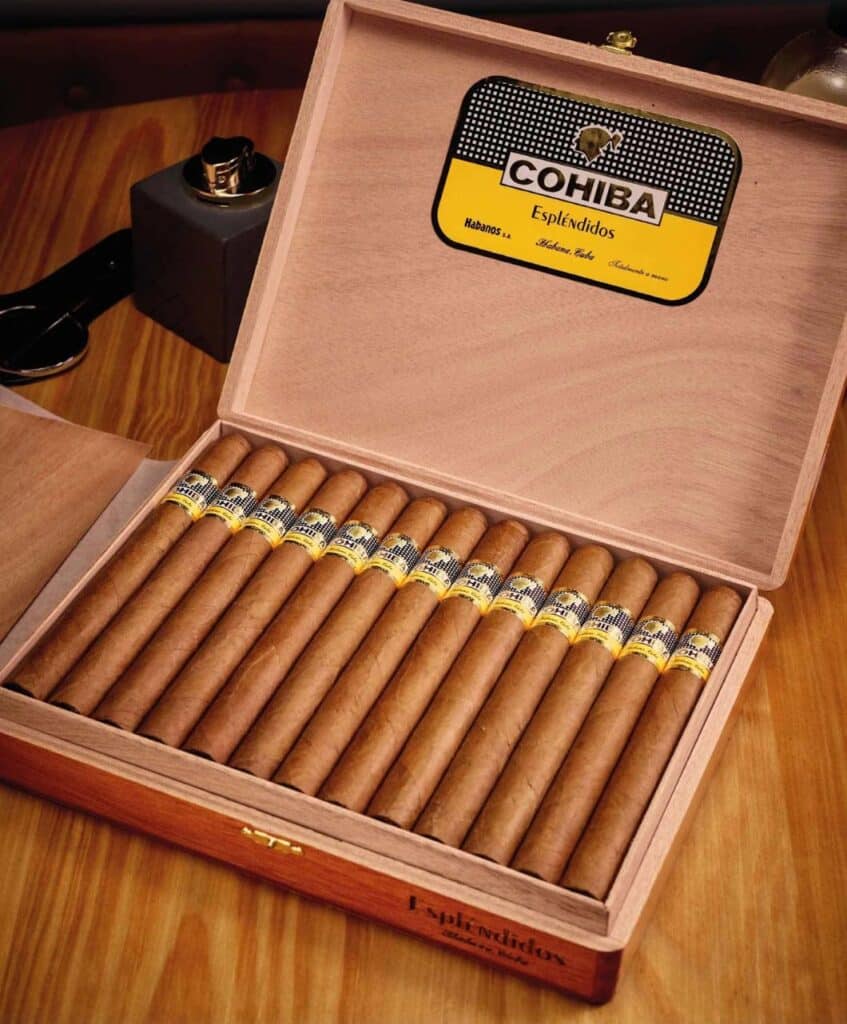
When you get to Limited Edition Cohibas , prices get really wacky.
Cohiba 1966 LE 2011s had a starting retail price of $890 per box when released 12 years ago. Now, those boxes are worth $5,000. 5.6x return in 12 years, not bad.
Or how about a box of Cohiba LE 2004 Sublimes. These would have set you back a thousand dollars at release 20 years ago. Nowadays, a box of 25 sells for over $25,000 .
Looking for a cigar that will appreciate in value? Any limited edition Cuban manufactured by Habanos, S.A. is your best bet.
This includes brands like:
- Cohiba
- Montecristo
- Romeo y Julieta
- Partagas
The Cuban Cigar Website has a full list of investment-grade Habanos limited edition cigars.
Why do the best cigars come from Cuba?
The simplest answer is that Cubans just really care about the craft! Cigars have been a part of their culture for centuries, and remain extremely important today.
It takes 100+ steps to properly manufacture a single Cuban. It’s an art form. That extra attention to detail matters a ton.

There are agricultural elements too. Cuba’s soil is perfect for growing tobacco, thanks to its nutrient density . This gives Cuban cigars a sweet aroma that’s lovely to smell and taste. Other cigars are made from blends, but Cubans only use Cuban leaves.
How the Dominican became the cigar capital
Cuba may be where the industry started, but today the Dominican Republic rules cigar production. And you can thank the United States for that.
Most of you already know the story. In the wake of the Cuban Revolution , the US Government created an embargo in retaliation to Cuba’s increased ties with the Soviets. No more cars going in, no more rum and cigars coming out.
Incredibly, most of these sanctions are still in place today, nearly 65 years later.

Naturally, the embargo made black-market Cubans prohibitively expensive. Luckily for cigar-adoring Americans, there was (and still is) a loophole. Cigars made of Cuban tobacco could still be imported, they just had to be produced in other countries.
So, manufacturing quickly spread to Nicaragua and the Dominican Republic. Today, the Dominican Republic is the world’s largest cigar manufacturer, with 44% of the world’s top cigars manufactured there.
Dominicans aren’t quite as expensive as Cubans, and don’t have as many limited editions. But they’re still very high quality.
Take the La Flor Dominicana El Museo 2009 LE . These 6.75″ beauties were released for $600 for a box of 20, or about $30 each. Only 2,000 boxes were released.
Today, a single El Museo cigar is worth $390 . Their value has boosted 13x in 10 years.
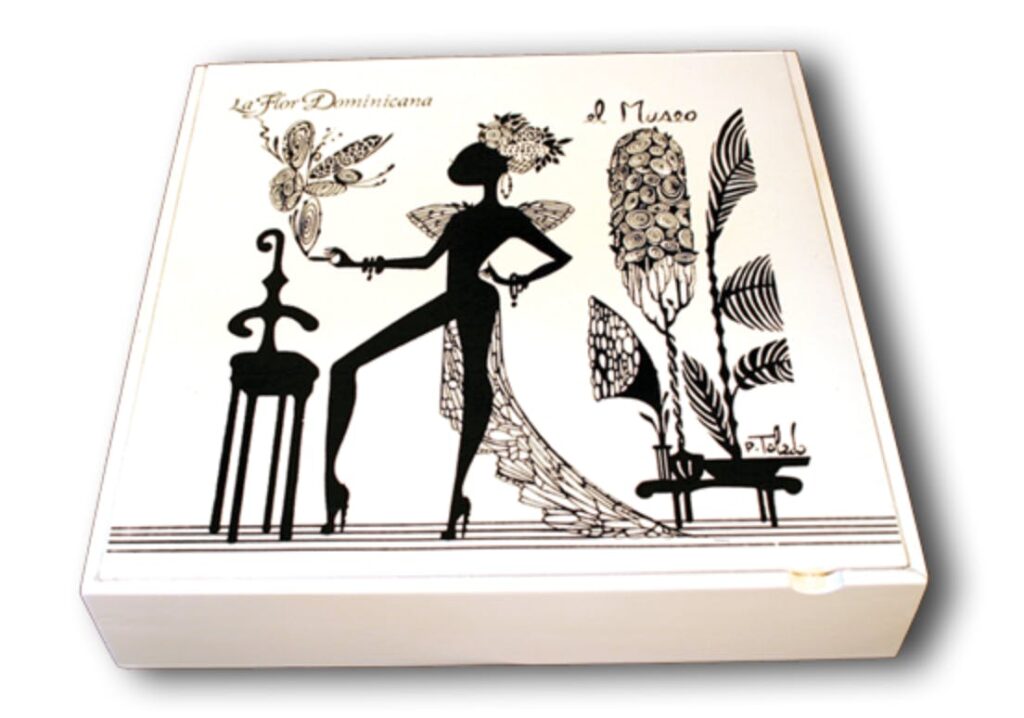
Other prominent cigar brands from Nicaragua and the Dominican Republic include:
- Padron
- Perdomo
- Davidoff (not the luxury clothing brand!)
The world’s most expensive cigar
The world’s most expensive cigar is the Gurkha Royal Courtesan . Everything about this is over the top.
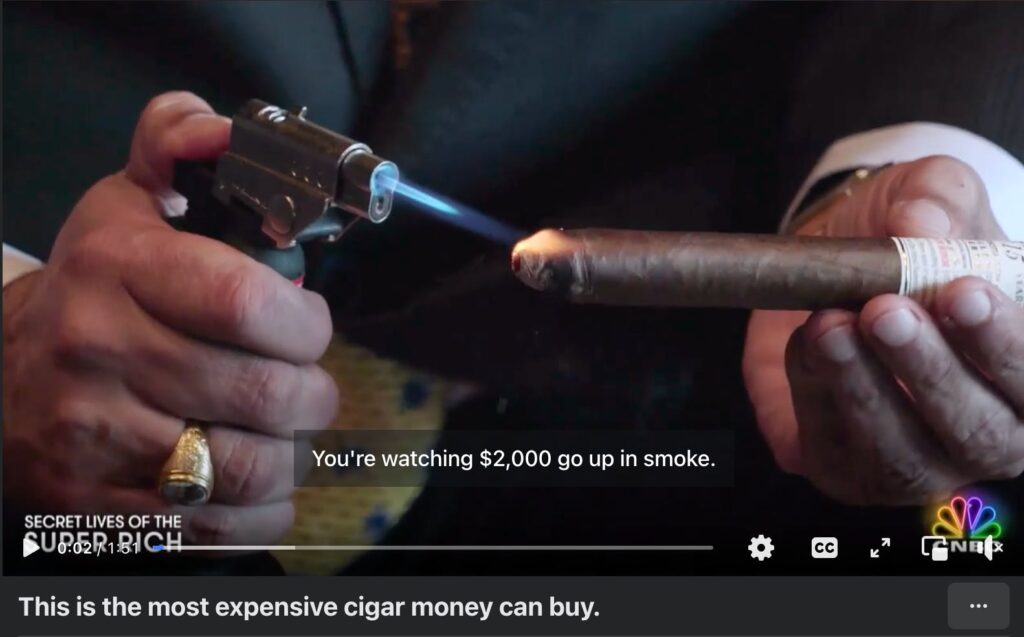
- The leaves are then rolled by a skilled artisan, who works blindfolded to ensure their tactile senses are heightened.
- The outer leaf they roll the cigars in? Yeah, it’s made out of gold. Obviously.
- Then you have the cigar’s band, which sports a five-carat diamond stud.
And to top it all off, the cigar gets delivered to you via a personal courier.
All this for the low price of $1.36 million. Bargain!
Ancient lights
The next most expensive cigars are just as much museum-grade artifacts as they are smoking products.
A collection of 800 Mayan Si’kars was recovered from Guatemala in 2012 from within a 600-year-old clay pot.
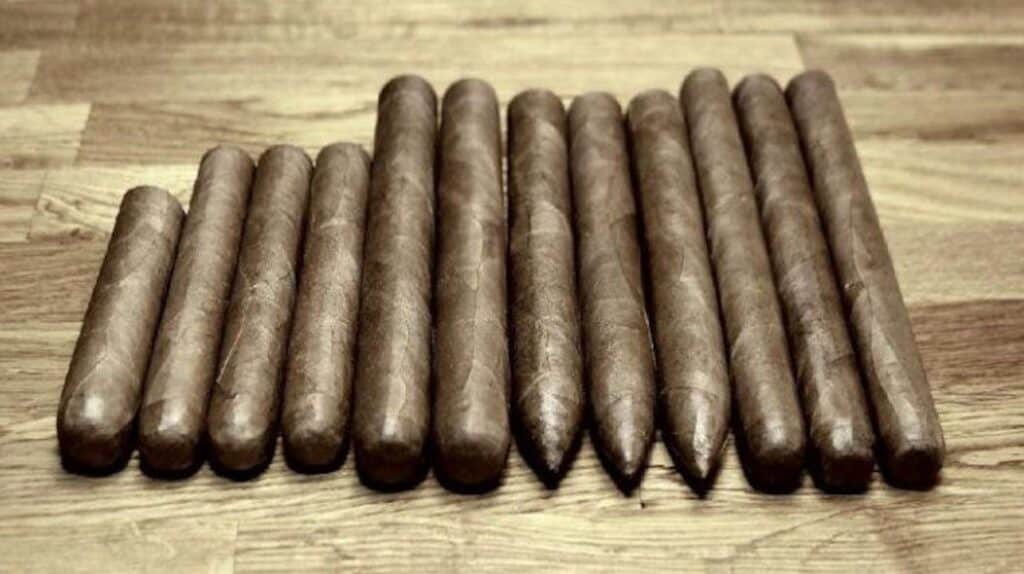
If cigars are stored with the proper humidity, they can last decades. But these aren’t getting smoked. 800 year-old tobacco is probably not fit for human consumption.
How to invest in cigars?
Where to buy
Your average smoke shop will only sell crap cigars. Don’t bother looking there.
Instead, look for luxury cigar retailers and specialist tobacconists. These guys often stock up on LE cigars when they’re released.
- Cigars Direct is a discount retailer with all sorts of rare cigars .
- Havana Cigar Exchange London has the aforementioned Cohiba LE 2004 Sublimes and LE 2016 Trinidads.
- The Cigar Store has hundreds of brands, from the cheap to the prestigious.
- Corona Cigar Co has many limited edition cigars, humidors and great accessories.
- Cigar Shop World is one of the more popular cigar retailers, with hundreds of different Cubans for sale.
- Firm In Cigars Australia focuses on collectible cigars, and sells the incredibly rare Dunhill Estupendos Tubos 1991 for AUD $25,000.
- The Tobacconist of Greenwich has the rare Padron 50th Anniversary ($2,300 per box).
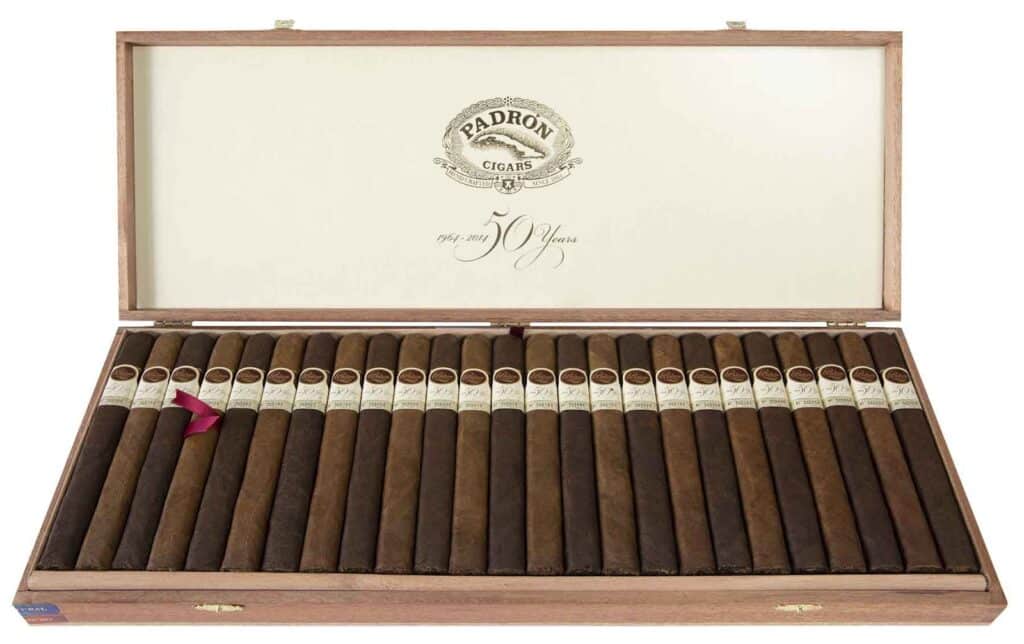
How to choose a cigar
Fine cigars and wine may go together like peanut butter & jelly. But there’s one way these markets are different: the rich databases and price trackers don’t really exist for cigars.
The best resource is also the most well-known player in the space: Cigar Aficionado .
More than a magazine, think of these guys as the Liv-ex of cigars. They were first on the scene during the 1990s cigar boom, and have remained a major player ever since.
They also do cigar reviews. Each year, the company rates that season’s top cigars from 1 to 100.
Pardon’s 1964 remake won in 2021, and as Wyatt pointed out last month , last year’s winner was the H. Upmann No. 2 .
At $40 per cigar, this is “one of the best-kept secrets in the Cuban cigar world.” Known as an “insider’s cigar,” the H. Upmann 2 looks identical to the more common Montecristo No. 2, because they’re rolled in the same pirámide format.

What factors affect a cigar’s value?
- Age. Like wine, aging cigars can actually improve the flavor. But the effect isn’t as dramatic. Mostly, older cigars are more valuable because there’s simply less of ’em.
- Location. Cubans are top-of-the-line. Nicaraguan and Dominican cigars are worth your attention too. Ignore almost everything else.
- Edition. Limited-edition cigars are the way to go. Anything else is a lot riskier.
- Brand. Big names like Habanos, Padron, Davidoff and LDF are all good choices.
- Condition. Cigars in unopened boxes are worth more than open ones.
What about cigar boxes?
Cigar boxes can be just as important as the actual cigars themselves.
Intricate designs can add significant value. In fact, even empty boxes can be worth a pretty penny.
Antique boxes made with unique designs are the most sought-after. For example, this 1920 Art Deco Brass Cigar Box is worth $2,850.
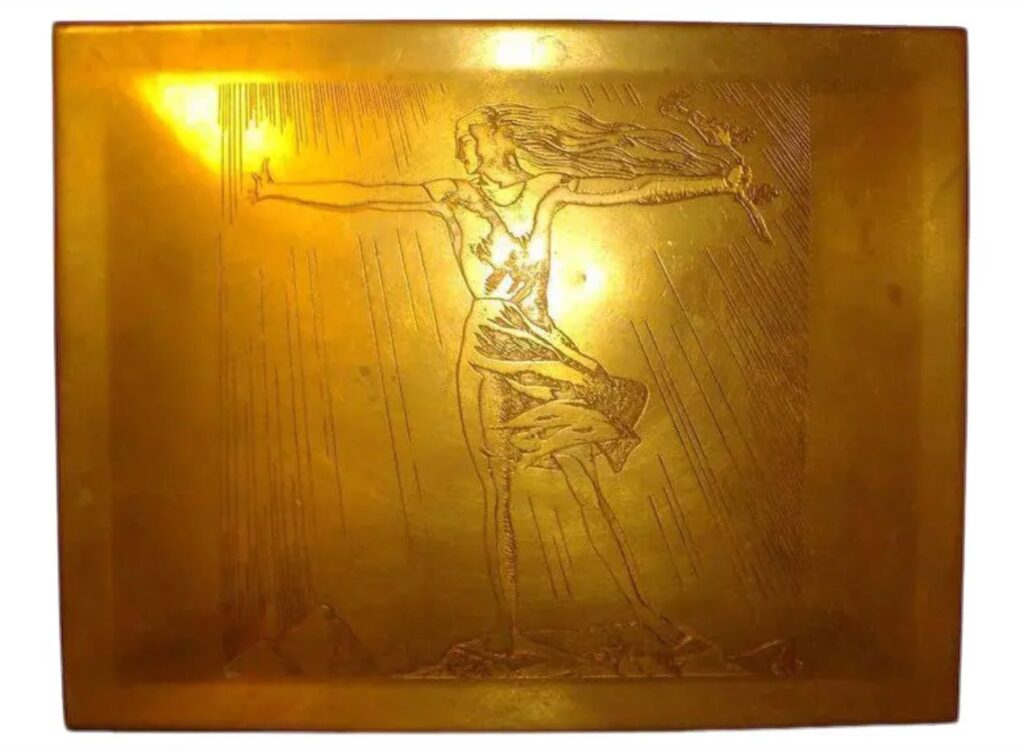
But empty cigar boxes are a lot more hit-and-miss than their cigar-filled counterparts. Most are more likely to be worth $50 than $5,000.
They seem more suitable as a fun collector’s item than a legitimate long-term investment.
Humidors
Just like wine, you need to store cigars properly if you want them to keep their value.
Humidors are special boxes specifically crafted for retaining moisture. When stored in a good humidor, cigars can last for decades.
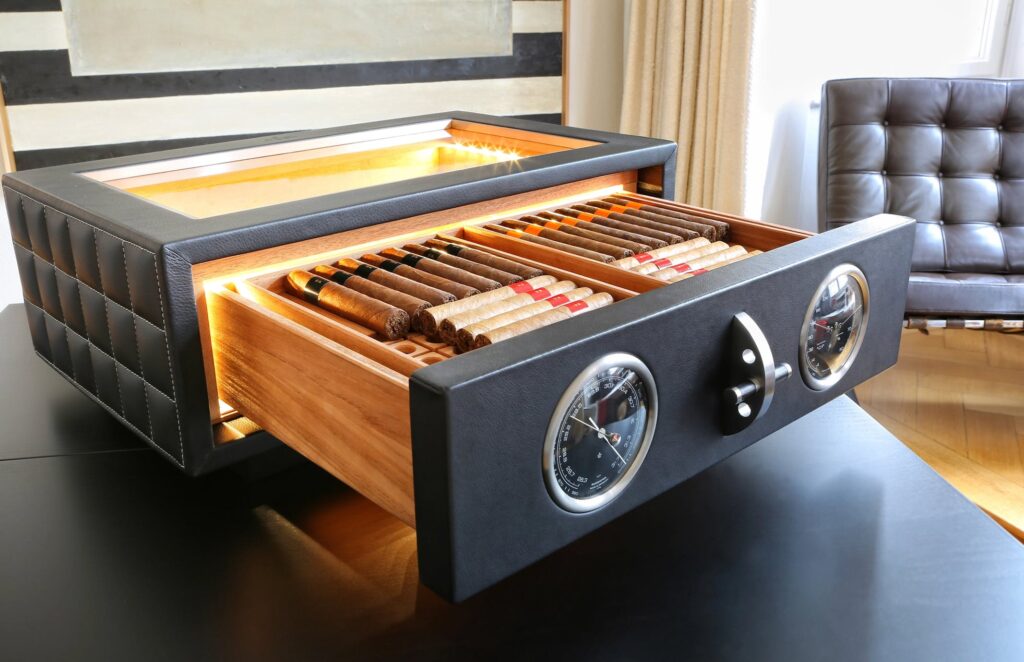
These tend to make better investments than the original boxes cigars came in. They’re innately more expensive due to the craftsmanship required. In addition, they perform an important function for cigar smokers, while also having all the benefits of a cigar box (intricate designs, scarcity, etc.)
There isn’t a big market for humidors. But they’re a must-have for aficionados.
Closing thoughts
Smoking has lost its luster, and continues to fall each year. For better or worse, vaping has taken over. Yet the fine cigar market has continued to slowly tick upwards.
I think it’s because cigars have a special panache that other forms of smoking don’t.
Case in point: When writing this issue, Ben and I decided to get together and perform some “cigar research.” We picked up a couple of Cuban Romeo y Julietas, sat down, and got to business.
Australia has some of the harshest anti-smoking laws in the world. To enjoy our cigars, we were ushered into a forgotten corner of the bar. And yet even as we were consigned to this dusty corner, people would see us smoking cigars and waltz on over.
“Cigars today boys? What’s the occasion?” was a common line. We quickly learned that there aren’t many better conversation starters than just a cigar.
Even though tobacco has been (rightfully) demonized over the past thirty years, cigars are still sort of, well, cool. They look cool, their boxes look cool, the people that smoke them are cool (JFK? Pacino? MJ? Come on!)
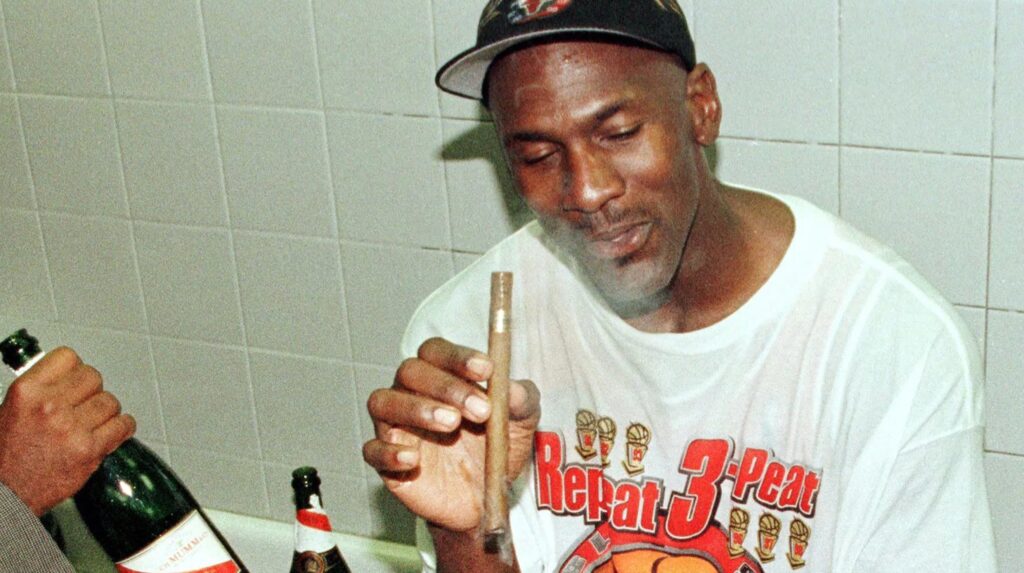
As an investment, there isn’t a ton of aggregate info out there. This can make it hard to pick a single winner. And smoking them certainly isn’t an investment in your health.
But the limited-edition, ultra-rare, blue-chip Cubans have shown excellent returns in the past. While there are no guarantees, there’s also no real reason to think this won’t continue.
If you’ve already invested in fine wine and whiskey, consider adding a high-end box of Cubans to your collection.
Just be sure to store them in a nice humidor, and resist the temptation to smoke away all of your investment. 💨
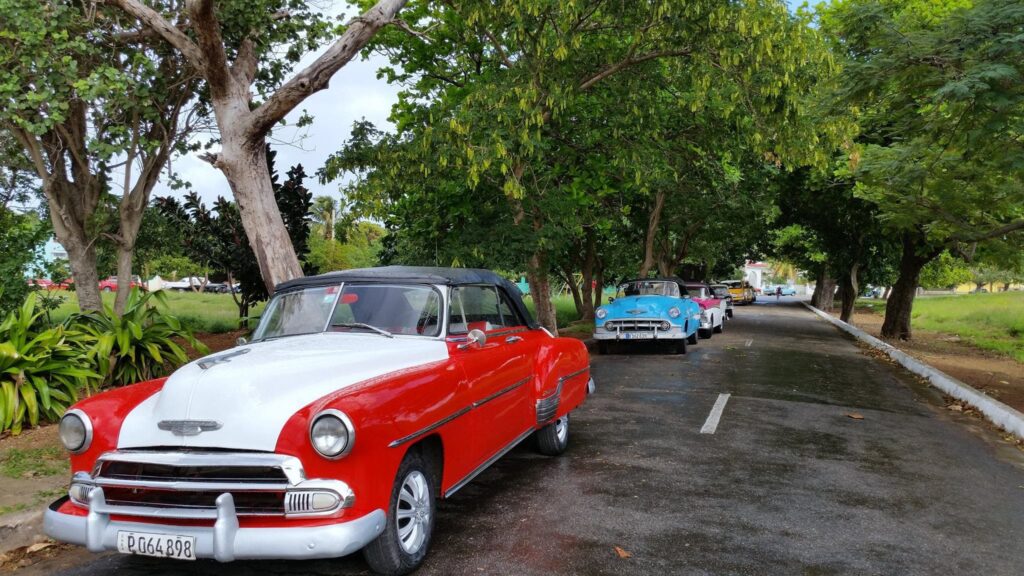
Disclosures
- There are no affiliate links in this issue
- We have no fine cigars in our ALTS 1 Fund.












